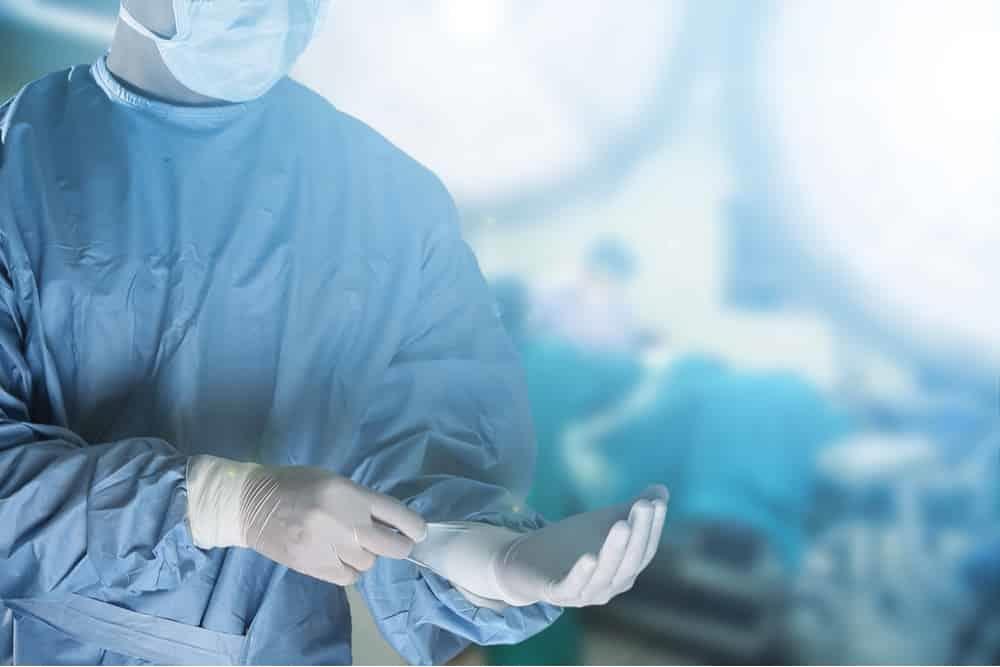Table of Contents
ToggleWhat is neuronavigation?
Nöronavigasyon, genellikle beyin sinir ve omurilik cerrahisi bölümü ameliyatlarında kullanılan ileri teknoloji bir uygulamadır.
Contents
What is Neuronavigation?
In Which Diseases Is Neuronavigation Used?
Benefits of the neuronavigation system (features that make the difference)
Frequently asked questions about neuronavigation
What is Neuronavigation?
It can be likened to navigation systems used in cars and mobile phones. Neuronavigation provides guidance to the surgeon during surgery, helps to plan a precise surgical approach to the targeted lesion by identifying the surrounding nerve and vascular structures. The neuronavigation system, which significantly increases the success of brain, nerve and spinal cord surgery, also allows the surgeries to be safer.
In Which Diseases Is Neuronavigation Used?
The neuronavigation system is mostly used in the operations of the brain, nerve and spinal cord surgery department.
Brain tumor surgeries
Celebral hemorrhage
In the surgery of AVM (Arteriovenous Malformation) cerebrovascular diseases
In surgeries that require battery implantation in Parkinson’s or similar diseases with tremors
Spine surgeries and determining the direction of screws placed in the spine
In addition, neuronavigation system can be used in some orthopedic surgeries.
Benefits of the neuronavigation system (features that make the difference)
In brain and spine surgeries, known as sensitive area surgeries, it shows the surgeon the shortest and safest route to the lesion area with the help of previously taken MR and CT images. Since the surgeon reaches the area to be operated with the help of neuronavigation, the targeted area is approached with almost zero error and the intact tissue is damaged at the minimum level. Risky brain and spine surgeries, where even millimetric errors can lead to negative results, become safer with the use of neuronavigation technology.
The advantages of using the neuronavigation system in surgeries can be listed as follows;
Deeply located brain lesions can be defined more accurately.
The tumor is better removed.
Surgery is performed with a smaller incision from the skin and bone.
Less blood is used
Surgery time is shortened
The surgical wound heals faster
The length of stay in the hospital is shortened and the patient can return to social life more quickly.
Frequently asked questions about neuronavigation
How is the Patient Prepared for Neuronavigation?
For patients who will use neuronavigation in their surgery, no different preparations are made except for the preparations made in standard surgeries.
Before the operation, advanced Magnetic Resonance (MR) or Computed Tomography (CT) images of the area to be operated are taken.
The 3D images obtained are superimposed and loaded onto the “Neuronavigation” device used in the surgery. After the patient is taken to the operating room environment, the surgical area is introduced to the computer in 3D with the help of the probe moved on the skin surface.
In this way, the shortest and safest road map to the surgical team to reach the area where the surgery will be performed is created.
The neuronavigation device, which identifies the patient’s 3D radiological examinations, shows various risk areas in the brain or spinal cord, allowing the surgeon to work only in the problem area and stay away from the surrounding normal tissues.
